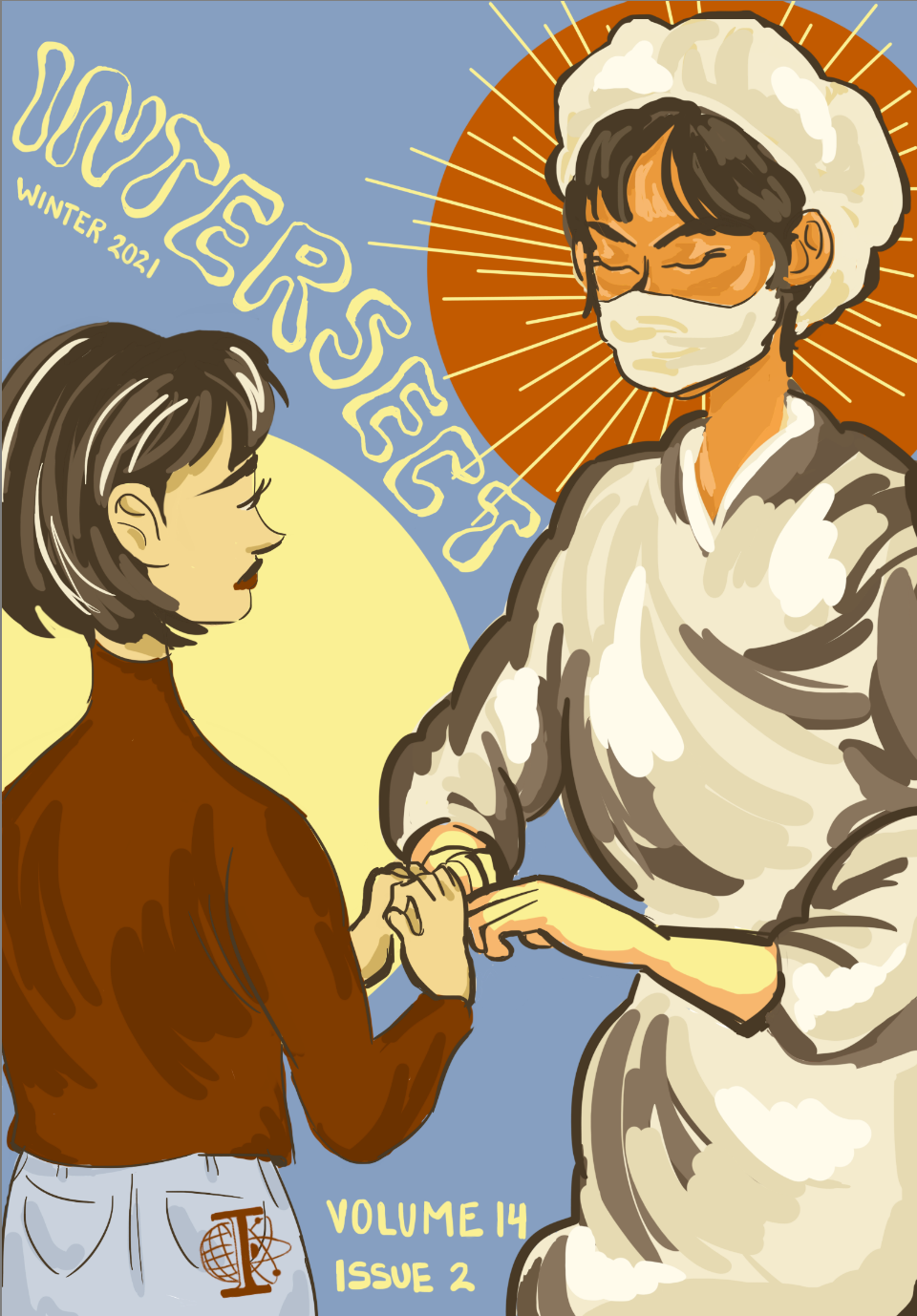Creating boundaries in the sperm donation industry: a study of bioethical qualifiers in the donation of human sperm
Abstract
While the donation and transfer of human sperm has become a common and effective practice amongst many who suffer from the inability to conceive naturally, the practice's bioethical implications have yet to be fully considered and may reveal a necessity to place qualifying constrictions on the practice. Some examples of related ethical issues range from psychological impacts upon such offspring as a result of partial genetic dissociation from parents, and discriminatory practices such as "shopping" for traits or narrow descriptions to create the image of optimal sperm donors. Regulations for eligible donors vary in different regions, while keeping some sort of uniformity through criteria groups, including height, weight, education, and healthy lifestyle actions. Recently in China, after the "one-child only" policy was lifted, there is an increasing demand for sperm donors now than ever, but with new policies, it is even more difficult to donate and purchase sperm. The biggest limitation in these policies is a requirement for sperm donors to have an immense amount of patriotism, on top of all the pre-existing limitations. Due to donors not being able to qualify for the "amount of patriotism" needed, there is an increased use of underground operations, such as the black market. These operations are often unsafe and have no regulation, encouraged by donors and middlemen solely seeking monetary value, leading to even more complications in this controversial practice.
Downloads
Published
Issue
Section
License
Copyright (c) 2021 Intersect: The Stanford Journal of Science, Technology, and Society

This work is licensed under a Creative Commons Attribution-NonCommercial-NoDerivatives 4.0 International License.
Authors who publish with this journal agree to the following terms:- Authors retain copyright and grant the journal right of first publication with the work simultaneously licensed under a Creative Commons Attribution License that allows others to share the work with an acknowledgement of the work's authorship and initial publication in this journal.
- Authors are able to enter into separate, additional contractual arrangements for the non-exclusive distribution of the journal's published version of the work (e.g., post it to an institutional repository or publish it in a book), with an acknowledgement of its initial publication in this journal.
- Authors are permitted and encouraged to post their work online (e.g., in institutional repositories or on their website) prior to and during the submission process, as it can lead to productive exchanges, as well as earlier and greater citation of published work (See The Effect of Open Access).

